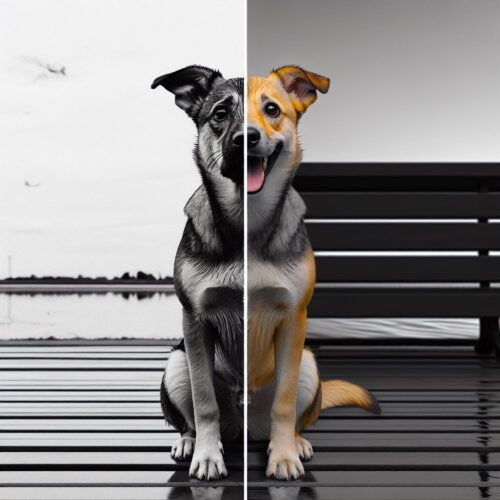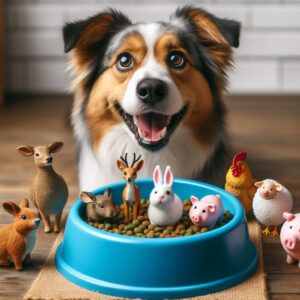Separation Anxiety - Is your dog afraid of being home alone?
What is separation anxiety?
Separation anxiety are behaviors that dogs exhibit when left alone. A more accurate term would be separation-related behaviors, as these behaviors occur exclusively or are intensified in the owner's absence. These behaviors can range from barking, whining, and pacing to destructive behaviors, inappropriate elimination, and even self-harm. Your dog is desperately trying to escape a perceived danger - which is being without you.
How to I know if my dog has separation anxiety?
Observe your dog's behavior when you are away. Key indicators of separation anxiety include:
- Drooling, salivating
- Destructive behavior or escape attempts
- Inappropriate elimination
- Vocalization (barking, howling, whining)
- Hyperactivity or hypervigilance
- Freezing or cowering standing or laying down 8sometimes when dogs are in crates, they are not relaxing - they are actually in a freeze state of fear.
- Self-harm (licking, tail chasing)
If your dog exhibits any of these behaviors only or primarily when left alone, it is likely they are experiencing separation anxiety.
In separation-related issues, determining whether a dog feels fear or anxiety is difficult, as both trigger similar physiological responses. Luckily, the training method remains the same, focusing on increasing the dog's tolerance for being alone.
Is it my fault that my dog has separation anxiety?
It's common for owners to feel guilty about their dog's separation anxiety. It's crucial to understand that the cause is often multifactorial and not owner related. While genetics, early life experiences, and maternal influences play a role, an owner's actions do not directly cause separation anxiety. Instead of blaming yourself, focus on providing support for your dog and Contact us to get help implementing a training plan.
We always train below threshold - your dog should never feel afraid or anxious when you are working with Norwegian Dogtrainger!
Norwegian Dogtrainer
We will never suggest for you and your dog to train above your dog's threshold. Studies and learning theory tells us that it doesn't really work - It can create more fear and more anxiety without having an impact on your short and long term training objectives.
Aversive training methods, such as punishment or shock collars, are strongly discouraged for separation anxiety. These methods inflict fear and pain, potentially worsening the problem by creating negative associations with being alone as well as affecting your dog's memory, motivation and ability to learn new things.
What is desensitization, and how can it help my dog with separation anxiety?
Desensitization is a gradual process of exposing the dog to a low-intensity version of what it is afraid of - being home alone. By systematically and patiently working through a desensitization training plan that we tailor for your dog, you can help your dog build self-confidence and tolerance for being alone at home, while you can go out with a clear conscience knowing that your dog is fine being at home without you.



